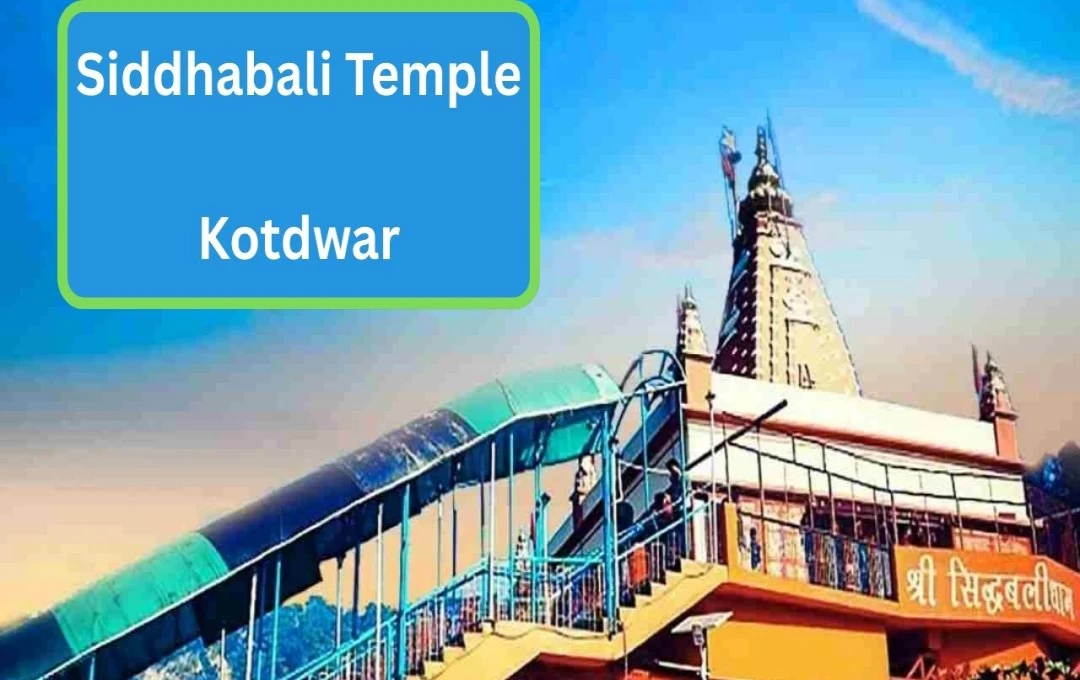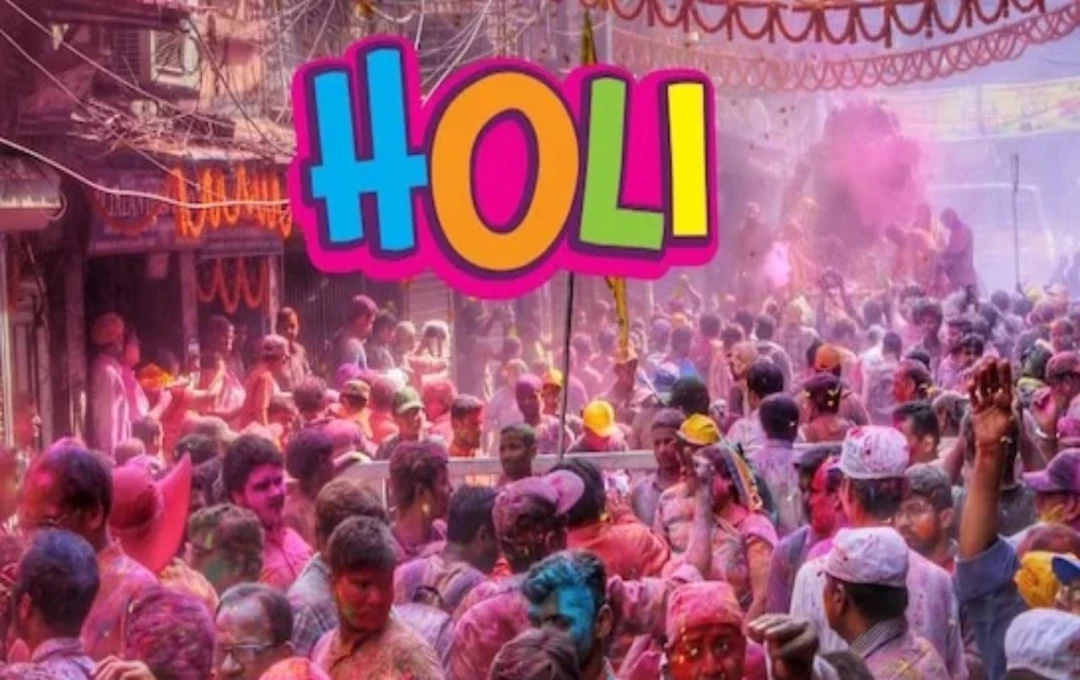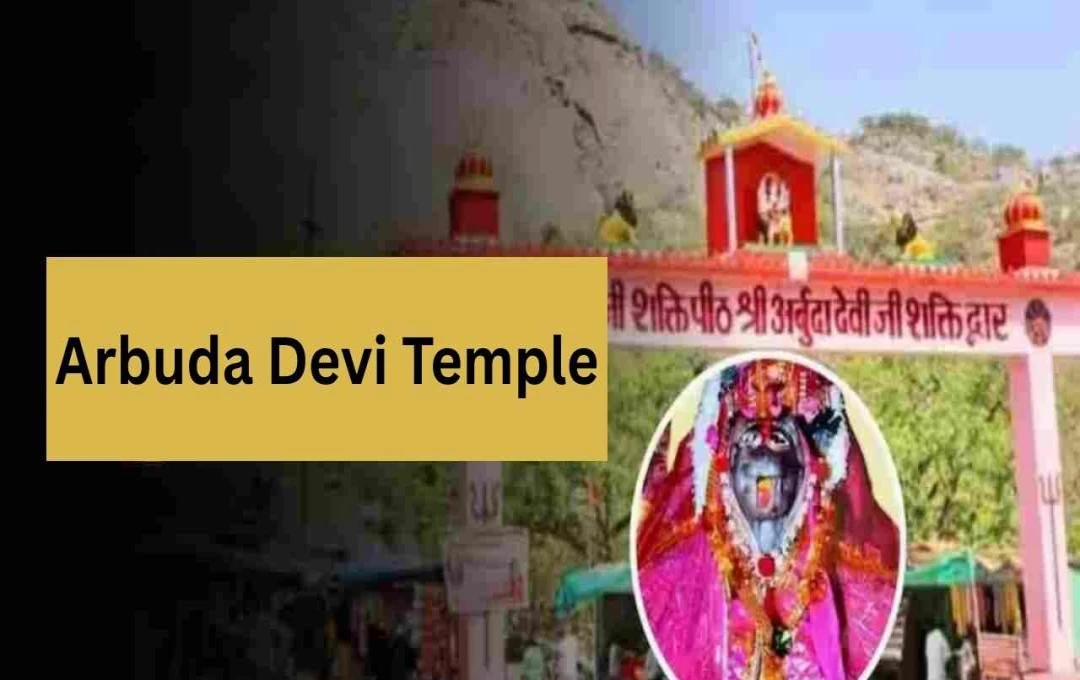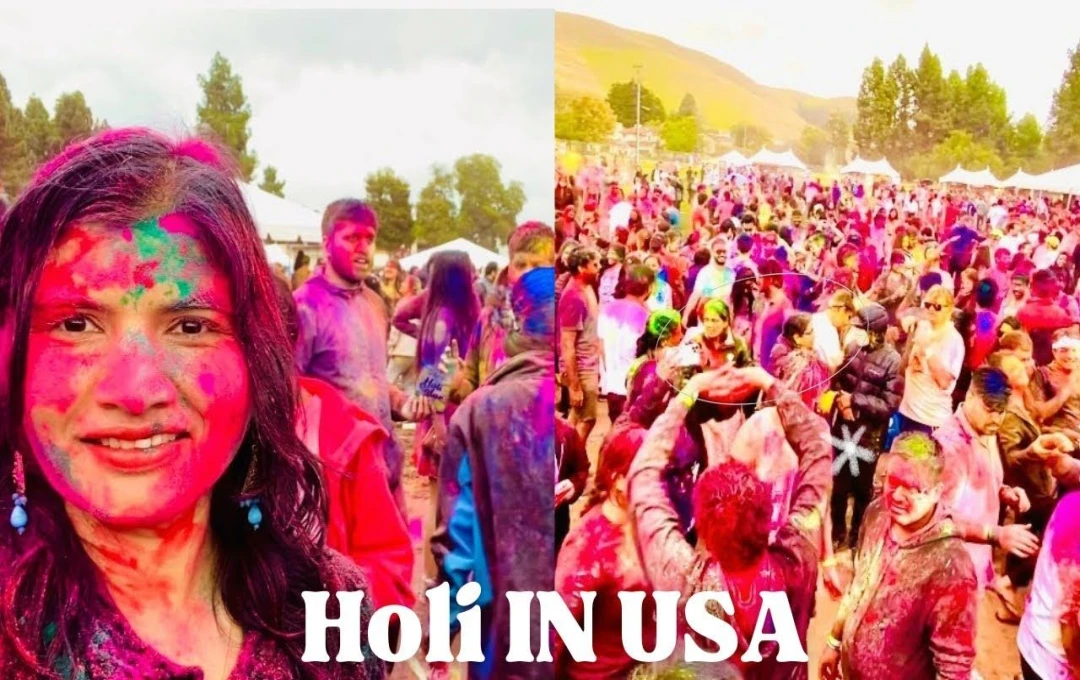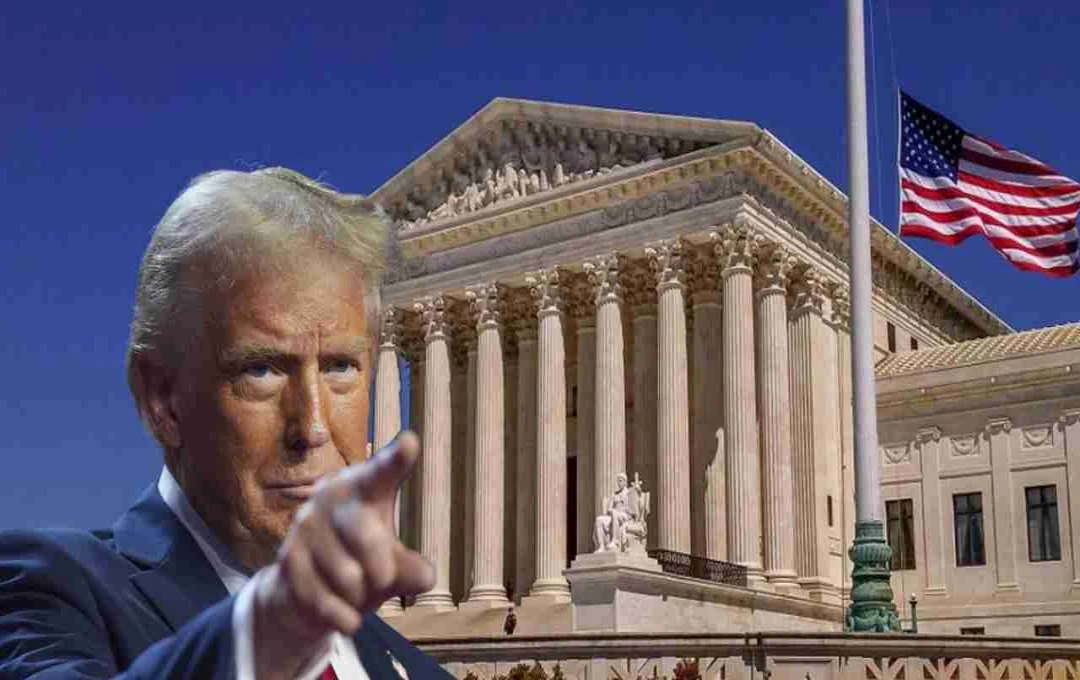Uttarakhand is rightfully called Devbhoomi (Land of Gods). Its valleys not only radiate spiritual energy, but every mountain, river, and temple holds a profound mystery and religious tale. Among these sites is the highly renowned Siddhabali Temple, a symbol of faith for devotees, located near Kotdwar town in Pauri Garhwal district of Uttarakhand. This temple is significant not only religiously but also for its historical, mythological, and cultural background, setting it apart from other temples.
Geographical Significance of the Temple
Siddhabali Temple is situated approximately 2 kilometers from Kotdwar town, on the banks of the Khoh River. Perched atop a hill, devotees must climb numerous steps to reach it. The temple offers a sense of spiritual tranquility, nestled amidst the verdant hills and the river flowing below.
This temple holds special significance for Hanuman devotees not only in Uttarakhand but also in North India. It is believed that no devotee returns empty-handed; if a wish is made with a sincere heart, Siddhabali Baba fulfills it.
Mythological Tale: Origin of the Name Siddhabali
The prevalent story behind Siddhabali Temple connects Guru Gorakhnath and Bajrangbali Hanuman. According to the Gorakhapuraan and beliefs of the Nath sect, Guru Gorakhnath once set out to free his Guru, Machchhendranath, from the queen Mainakani of the Triya kingdom. Upon reaching this place, Lord Hanuman, the son of the wind god, obstructed his path, leading to a fierce battle.

Both were immensely powerful, and neither could defeat the other. Finally, when Gorakhnath demonstrated his spiritual prowess, Hanuman was pleased by his penance and asked him to request a boon.
Gorakhnath humbly requested that Hanuman reside at this place as a guardian and protector of devotees. Hanuman accepted, and since then, this place has been called 'Siddhabali' – 'Siddha' signifying the accomplished ascetic Gorakhnath and 'Bali' signifying Hanuman.
Beliefs and Faith Associated with the Temple
- The temple is considered a wish-fulfilling place.
- Devotees often organize 'bhandaras' (community feasts) upon the fulfillment of their wishes.
- It is believed that Baba Siddhabali is especially benevolent in matters related to progeny, employment, marriage, education, and health.
- Thousands of devotees visit the temple every Tuesday and Saturday.
Major Festivals and Events
Special pujas (prayers) and a large bhandara are organized on Hanuman Jayanti. This time is considered extremely sacred for devotees, and a festive atmosphere prevails in Kotdwar town. The temple also sees significant crowds during Diwali, Dussehra, and the Shravan month. Siddhabali Temple is not merely a religious site but a confluence of natural beauty and spirituality.
The view of the Khoh River from the temple, the greenery of the surrounding hills, and the divine atmosphere within the temple complex impart mental peace to every visitor. Tourists visiting the temple often also explore nearby Kanv Ashram, Jhandachour Maidan, and the wildlife sanctuary. This makes the temple a major hub for religious tourism.
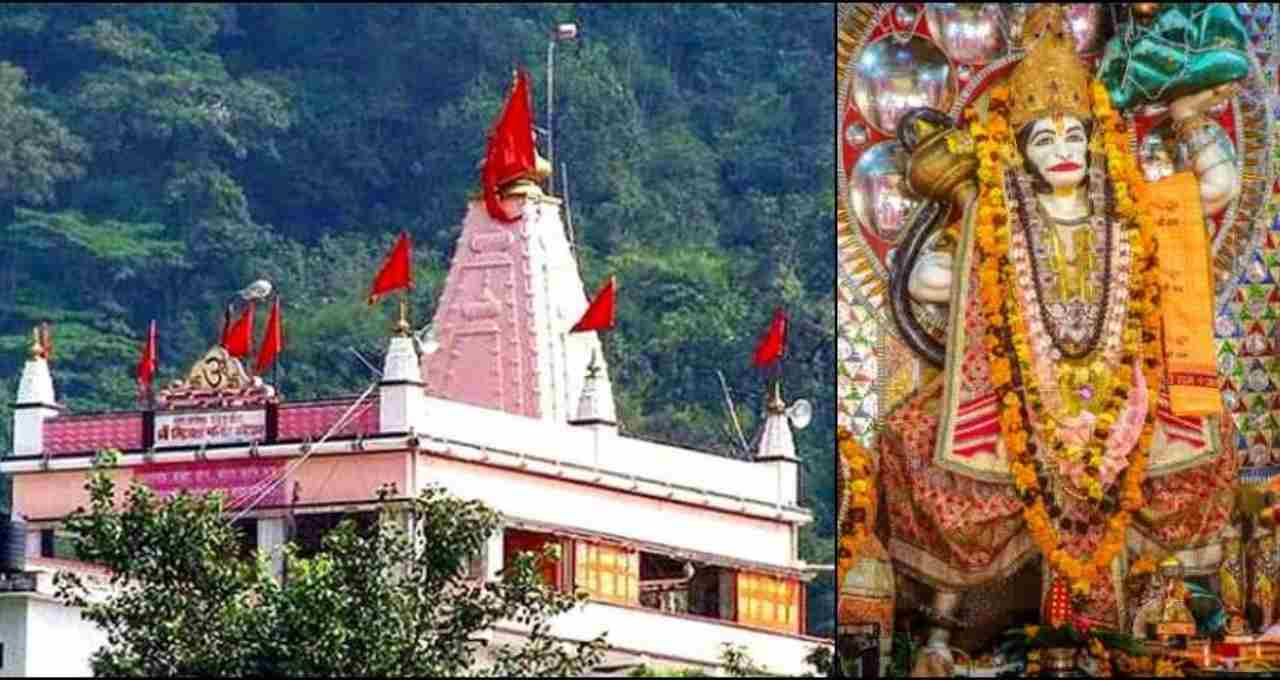
Temple Management and Amenities
The maintenance of Siddhabali Temple is overseen by a temple trust. Adequate arrangements for water, toilets, prasad (offerings), and rest are provided for pilgrims. The temple is easily accessible by road, rail, and on foot. Siddhabali Temple, Kotdwar, is more than just a temple—it is a confluence of faith, belief, and spirituality.
The stories here are not just part of religious beliefs but also reflect a glimpse of India, where Gods and ascetics practice together, and where the faith of devotees transforms into miracles.
